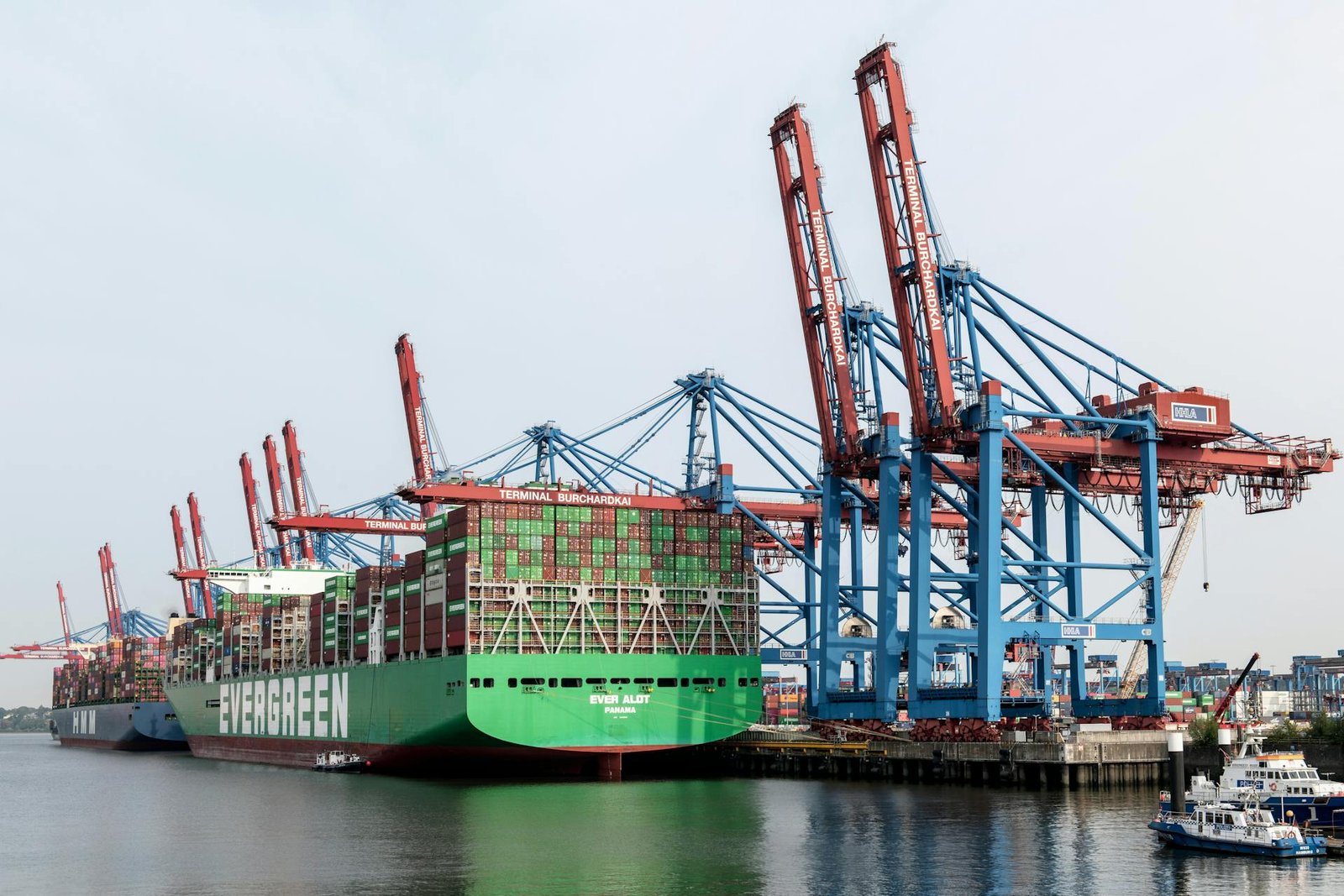The supply chain industry is a critical backbone of the U.S. economy, employing over 10 million people and contributing significantly to overall economic performance.
This case study examines the current landscape of the supply chain industry, its significance for U.S.-based firms, and the challenges and opportunities faced by companies operating within this sector.
Overview of the Supply Chain Industry
The supply chain industry encompasses various aspects, including logistics, transportation, warehousing, inventory management, and distribution.
Its vast scope allows for a diverse range of job opportunities, from truck drivers and warehouse workers to logistics analysts and supply chain managers.
Employment Statistics
According to the U.S. Bureau of Labor Statistics (BLS):
– The supply chain sector is one of the largest employers, with over 10 million people working across different functions.
– The industry has seen substantial job growth in recent years due to the rise of e-commerce and globalization.
Impact on U.S.-Based Firms
1. Economic Contribution
– The supply chain sector contributes over $1 trillion to the U.S. GDP, indicating its vital role in economic stability and growth.
– Investments in supply chain technologies and infrastructure have led to increased efficiency and cost reductions for firms.
2. Job Creation
– With evolving market demands, U.S.-based firms have continually created new job opportunities in supply chain management, ranging from entry-level positions to specialized roles.
3. Innovation and Resilience
– Companies are increasingly adopting advanced technologies such as AI, robotics, and IoT to enhance operational efficiency and optimize supply chain processes.
– The pandemic highlighted the need for resilient supply chains, encouraging firms to diversify suppliers and invest in risk management strategies.
Challenges Facing the Supply Chain Industry
1. Labor Shortages
– Despite significant employment numbers, companies face difficulties finding skilled labor due to a mismatch between available jobs and workforce skills.
2. Supply Chain Disruptions
– Events such as natural disasters, geopolitical tensions, and public health crises (like COVID-19) can severely disrupt supply chains, leading to delays and increased costs.
3. Sustainability Concerns
– Companies are under pressure to adopt sustainable practices within their supply chains, such as reducing carbon emissions and minimizing waste, in response to consumer demand and regulatory requirements.
Opportunities for Improvement
1. Technology Adoption
– Firms can leverage technologies like blockchain for transparency, AI for predictive analytics, and drones for last-mile delivery to enhance their supply chain efficiency and reliability.
2. Workforce Development
– Investing in training programs and partnerships with educational institutions can help address labor shortages and ensure a skilled workforce is available to meet industry needs.
3. Sustainable Practices
– Implementing sustainable supply chain initiatives can differentiate companies in the marketplace, improve brand loyalty and mitigate risks associated with regulatory changes.
The supply chain industry plays an indispensable role in the U.S. economy, employing over 10 million people and driving innovation and growth for numerous firms.
While challenges such as labor shortages and disruptions exist, there are ample opportunities for U.S.-based companies to improve operations through technology, workforce development, and sustainability practices.
As firms navigate this evolving landscape, adapting to changes and proactively managing risks will be crucial for maintaining a competitive edge in the supply chain sector.



